5 FREE SIP Softphones and affordable deskphone options – Updated March 2020

Note: This post was originally written by Jeff Quinn.
There are advantages between choosing a softphone or deskphone option when implementing a new VoIP phone system office. I wanted to first give you some FREE options of softphones and also an affordable deskphone option that you may want to take a look at.
3CX Softphone
With the ability to be used on Windows, MAC, Android and iOS operating systems the 3CX softphone is a easy to use and helps to reduce your phone system costs.
- Open standards to be used with many different platforms
- Simple to understand interface
- Along with basic call features presence and instant chat are included
Learn more about 3CX mobile app and remote working features here!
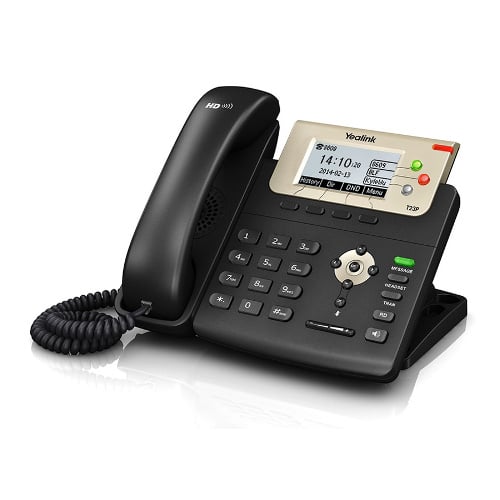
Affordable Deskphone Option:
Yealink T23G Gigabit VoIP Phone
- 3 line appearances
- Yealink Optima HD Voice
- Scalable from small to large office settings
Grandstream Wave
Android users with 4.0 or higher are able to make and receive SIP based calls over WiFi. The Grandstream Wave app offers the most popular telephony features and supports up to 6 SIP accounts.
- Compatible with most 3 parties’ SIP based communication platforms and IP PBX systems
- Currently only available for Android 4.0 or higher
- Available via the Google play store or from Grandstream.com
Affordable Deskphone Option:
Grandstream GXP1620
- Up to 2 lines
- Dual Gigabit Ethernet Ports
- HD Wideband Audio
Switchvox Softphone for Mobile
With a user friendly configuration and the ability to make and receive phone calls from any mobile device, the Switchvox Softphone app is scalable for any office situation.
- Enterprise mobility for any Switchvox Solution
- Connectivity on any WiFi, 4G, or LTE network
- Advanced call controls
Learn more about Sangoma Switchvox here.
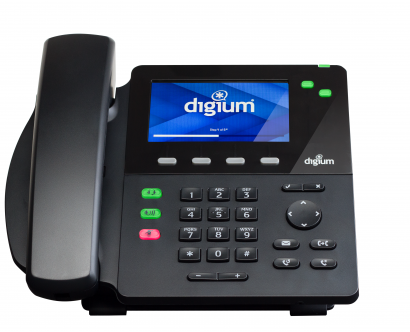 Affordable Deskphone Option:
Affordable Deskphone Option:
Sangoma D60 VoIP Phone
- 4.3 inch, 480 x 272-pixel backlit color LCD display
- 2 line appearance keys
- 4 feature keys
ZoiPer
Features support for both SIP and IAX, and includes free and paid versions of their software.
- Low memory and CPU usage increases call quality
- Audio, Video, Fax, Presence and instant messaging
- Compatible with most voip service providers and PBX’s
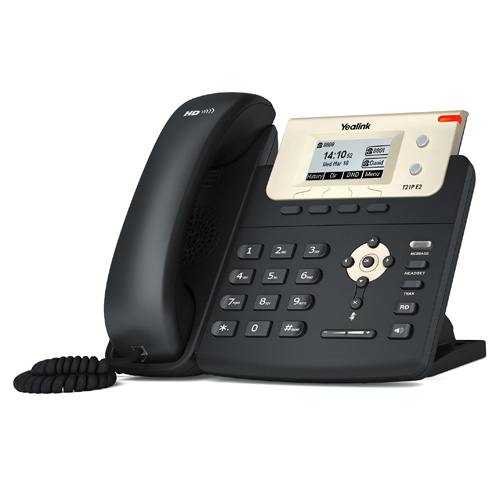
Affordable Deskphone Option:
Yealink T21P E2 VoIP Phone
- 2 Line Appearances
- Wall Mountable
- Easy and simple set up and configuration options
X-Lite CounterPath
A very popular SIP softphone supporting a range of codecs and also offering great support for desktop business video conferencing
- Instant messaging and presence available with basic call features
- Open standards and SIP compatibility to work with a large number of platforms
- Combines voice and video
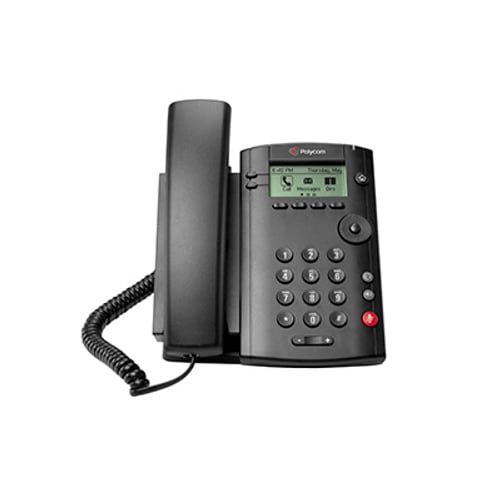
Affordable Deskphone Option:
Polycom VVX 150 Single Line VoIP Phone
- 2.5” 132 x 64 monochrome backlit display
- 2 line keys
- 4 soft keys
Whether you decide to use a soft phone or a desk phone you will still be receiving the main benefits of a small business VoIP phone system. Please feel free to call in to our VoIP Solutions Specialists and discuss whether of desk phone or SIP soft phone is the right choice for you at 1-800-398-VoIP or email us at [email protected].
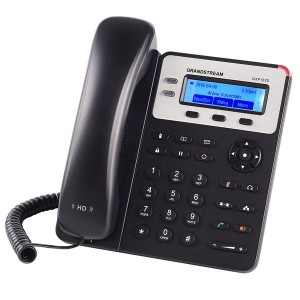
4 Comments
Jeff. We have a 6 unit Grandstream GXP2160 phone system. I want to be able to click on a phone number on my desktop and dial the number just as my cell phone does. What do I need? Jim Quinn, Longboat Key, FL
Hi Jim,
Thanks for reaching out to us! Please first be sure your firmware is up to date. I believe you are referring to just a speed dial and adding a VMPK button to your phone. Here are the steps:
Most of the Grandstream phones feature programmable keys called MPK (Multi-Purpose Keys). They can be programmed for several things: BLF (Busy Lamp Field), which can show the status of other phones on your system, speed dial any number, and do one-button transfers. You can program these easily to do the functions you want. The examples below are from a GXP2130, however the same settings apply to any BLF keys on a Grandstream phone or an add-on button panel. The specific menus may look different, but the settings are the same.
First, you will need to connect to the phone using any web browser. To do this, get the IP address of the phone by pressing the UP key on the directional pad. (Older phones with a non-color display usually show their IP address right on the main screen and this key press doesn’t apply.)
The display will show the IP address of the phone, which will look similar to this: 192.168.107.42. Type the address shown into your web browser, which will then display the phone’s login screen. The default login is “admin” for both the username and password. If you are unable to connect to the phone, please see the troubleshooting section at the end of this article.
Once you are logged in, select the “settings” menu and then select the “programmable keys” option. At the bottom of the list you will see a section titled “multi-purpose keys.” These are the settings you will change.
You have these options to choose from:
Speed dial: This type of key is for phone numbers outside your system (meaning someone you cannot dial with an extension number). If you select this type, put the number to dial into the “value” field. Do not enter dashes or other punctuation, only numbers, exactly as you would dial it. The description field is anything you want to display when you press the button (usually name but it can be anything or blank). You can also use this for transfers to outside numbers.
Busy Lamp Field (BLF): Use this key to display the status of another phone in your system (someone you can dial with an extension number only). You can then also use this to speed dial them, or do a one-button transfer. The value field should be the extension number for this option. To use it for transfers, just press the button while on a call and it will be sent instantly to that phone.
Dial DTMF: This will send touch-tones just as if you were pressing the buttons. For example, if you dial a remote system often where you have to enter numbers, such as a conference number or a password, you can program this here. The value field is whatever numbers you want to send. To use it, once the call is answered, simply press the button. This is rarely used, and can be a little tricky.
The account column allows you to dial using a secondary line on your phone, if programmed with one. For example, an executive assistant may have another person’s line on the second line button, and can dial using that line, which would show the other line’s Caller ID number. Most people should just leave it at the default of “Account 1.” Also the account number may not directly match the line/button number, so if you select anything other than account 1 you must test it.
The other field types are not normally supported on our system, unless the specific feature has been requested as a custom setup. When you are done, click the “save and apply” button at the bottom of the page. The buttons will now work as programmed.
If you have more questions, please feel free to submit a ticket here: https://www.voipsupply.com/getsupport
This is misinformation. Zoiper is not free commercial use, it costs € 39.95 + VAT for desktop version at the moment.
Hello,
Thanks for your comment. Zoiper actually gives you free calls between Zoiper users. For other providers, it does have a fee.
Thank you,
Evy